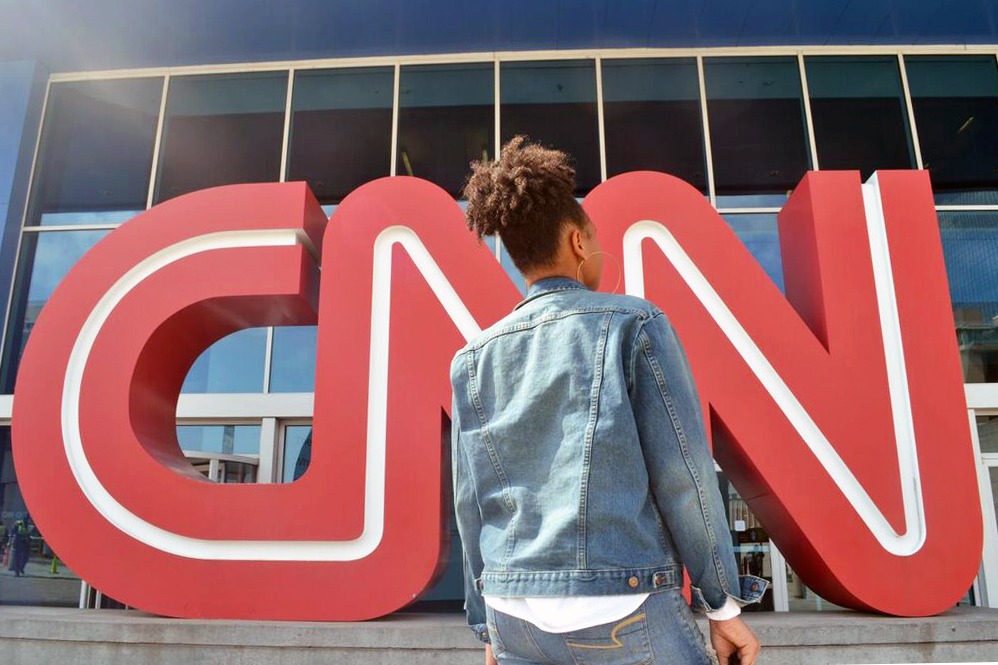
Newsrooms across America have long struggled to meet the representation standards their audiences want.
In 1978, The American Society of News Editors (ASNE) pledged to match newsroom diversity percentages with the country’s diversity percentages. The same concept goes for representation of women. However, they are decades past their deadline, and nowhere near that goal.
REPRESENTATION OF PEOPLE OF COLOR
Inside The Wall Street Journal, the nation’s largest newspaper with more than 2.2 million subscribers, the ASNE reported in 2017 that the highest represented racial minority was Asian at only nine percent. Black and Hispanic journalists were only five and four percent respectively.
However, as of 2017, 61 percent of Americans were white, 18 percent were Hispanic, 12 percent were black, and six percent were Asian.
Susan Morel is a Georgia State student studying sociology. She focuses on how power dynamics affect our society. Morel explained how low representation in newsrooms can affect audiences and said newsrooms should be trying to match their audiences’ demographics.
“If they want to relate to the audience, I feel like they have to at least try to look more like the audience,” she said.
She explained that the issue with having a predominantly white newsroom is that the news becomes Eurocentric. And that’s going to happen when any demographic gets a dominant voice in news.
“When they talk, the words they use, the tone they use, it’s very obvious,” Morel said explaining how Eurocentrism can sneak into reporting.
Morel also said often times media framing can negatively affect people of color in the news, and from a sociological lens, that unfair media framing dehumanizes minorities.
“Having more journalists of color will definitely change that. They would know the weight of having a mugshot rather than Facebook pictures,” she said. “My biggest point is to recognize your privilege and recognize other peoples’ humanities,” she said. “It’s not that difficult.”
REPRESENTATION OF WOMEN
The Women’s Media Center reported that on the 20 top news outlet shows, men produce roughly 62 percent of news, while women only produce 38 percent.
Donna Krache, now a Georgia State professor, worked at CNN for more than 20 years. She gave some input on what her time there was like as a woman.
“I never felt like I didn’t fit in,” Krache said. “I never felt like women’s ideas weren’t welcome.”
She said that nowadays, news outlets are often ruled more by politics than anything else. And with that in mind, maybe even especially today, a woman’s perspective is still valuable and necessary in any newsroom.
“There are things that women think about that sometimes men don’t consider as a part of the story,” Krache said.
While she did agree that representation of women in newsrooms today is the best she’s seen, there is still some room for improvement. Krache said she wished there were more women in leadership roles, but that there’s a lot of challenges that come along with that.
“A lot of times, a man can be vocal and he’s assertive and a leader,” she said. “A woman can be vocal and she’s a B****, you know.”
Morel shared this sentiment. She felt that as a woman in the workplace, especially as a woman of color, you have to tread lightly even when you’re being wronged.
“I can’t get angry, because I’ll either have consequences, or I’ll be the bitter black b****,” Morel said.
Krache said that she believes we have to get rid of that stereotype for women, just as well as any other stereotype for any other group.
“And one way I think that’s going to happen is to see more women in positions of leadership at these networks,” she said.
EFFECTS OF LOW REPRESENTATION
Hiring a diverse set of people to work in U.S. newsrooms has major implications.
“If a newsroom is not diverse, it’s going to lose its audience,” Krache said. “Maybe not now, maybe for the time being they’ll be OK. But honestly, it’s not going to last.”
Morel agreed.
“When a white woman is delivering news, I kind of take it with a grain of salt,” she said. “It’s just not the same impact emotionally on me as if a women of color were delivering it.”
Krache explained that media businesses should focus on delivering relatable news to their audience, and that can only happen if there is better representation.
“We do need to respect the audience, and we do need to reflect the diversity of the audience,” Krache said.
While the impact of representation in media and newsrooms may be less detrimental to certain groups, every group experiences it.
“They’re getting this news and they’re assuming that it’s objective,” Morel said, “so they internalize it and just go with it, which I think is damaging.”
Morel explained that non-minority news consumers aren’t affected by one-sided news in the same way. That’s why it’s important to have a newsroom that reflects the audience so that reporters recognize potential damage.
It’s for those reasons that audiences are hoping to see representation rise to reach what was promised back in 1978.
“It’s not only inclusive, but it also expands minds,” Krache said. “That’s a good thing. That’s what media should be doing.”
